Authors:
Carlie and Patrick – @verynicetravels and verynicetravels.com
Croatia is an extremely underrated travel destination, especially in comparison to the close by giants of tourism: Italy, France and Spain. With sights, culture and food to rival any of them, and at a cheaper price, there is a reason this country is now finding itself on many travellers ‘must visit’ lists.
Here’s our Top 5 must sees for this gem of the Mediterranean – ranked in order of our favourites.
1. Istria
Istria is the heart shaped peninsula to the far northwest of Croatia, tucked away on the border with Slovenia and Italy. We spent a week exploring the Venetian influenced coastal towns of this region and enjoying the stark landscapes, endless vineyards and hilltop villages.
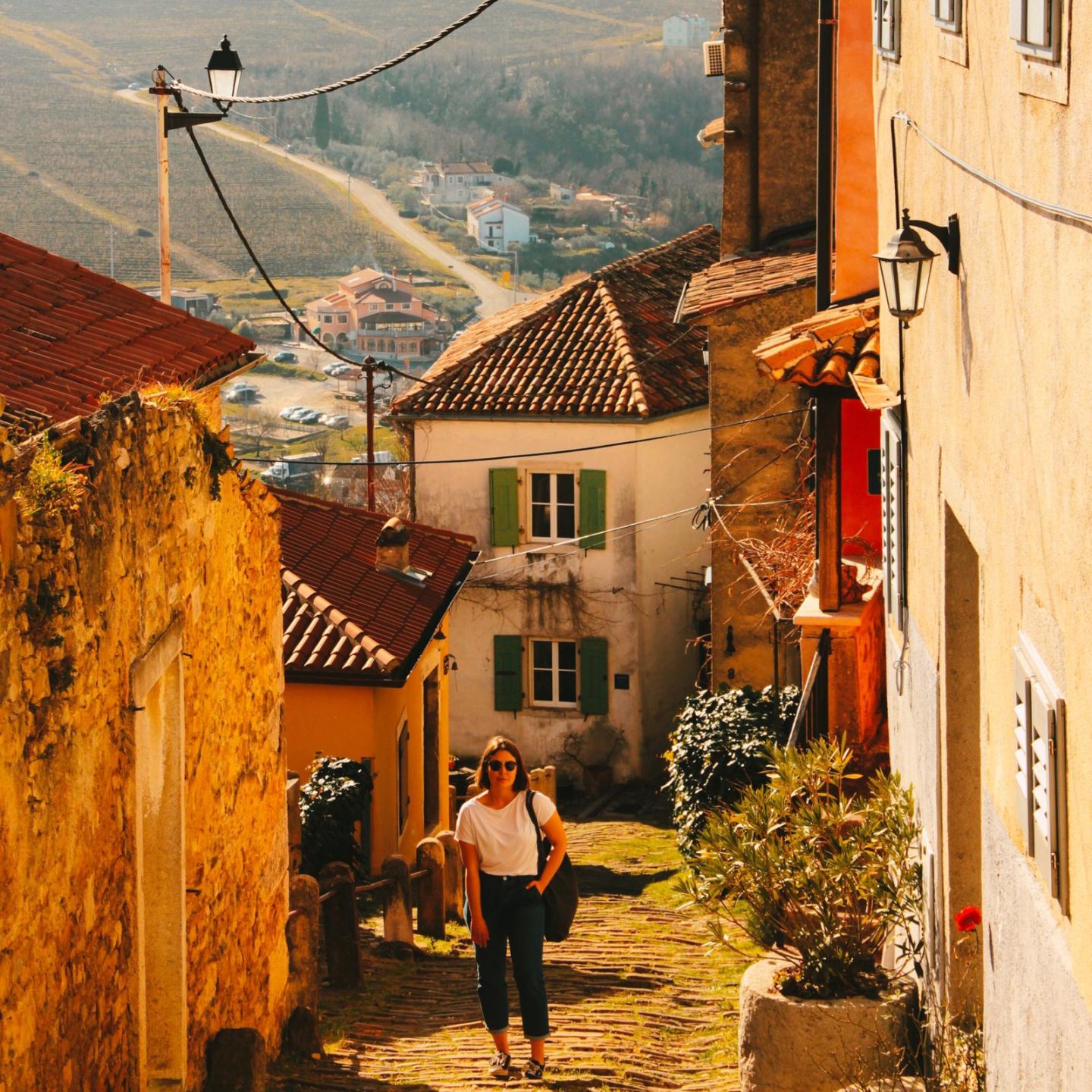
Pros:
A mix of cultural influences: This little piece of land has been under various rulers over the years including Illyrian, Celts, Roman, Venetian and Austro-Hungarian. Their influence can all be felt in the unique architecture and traditions.
Crazy good food and wine: Think truffles, pasta, spicy olive oil and very fresh seafood.
Beautiful clear coastlines and islands: the beaches of Istria may not have the fame of those of Dalmatia, but this region contains a multitude of secluded spots to swim, even in high season. Boat trips to the islands just off the coast are possible, with many having some of the most beautiful and remote beaches in all of Croatia.
Cons:
To discover this place properly you will definitely need to hire a car.
Don’t miss:
Motovun: A magical hilltop city only explorable by foot. Walk around the town walls for views that would make you think you were in Tuscany before grabbing a truffle pasta at one of its many highly rated restaurants. For more on Motovun click here and more on Istria here.
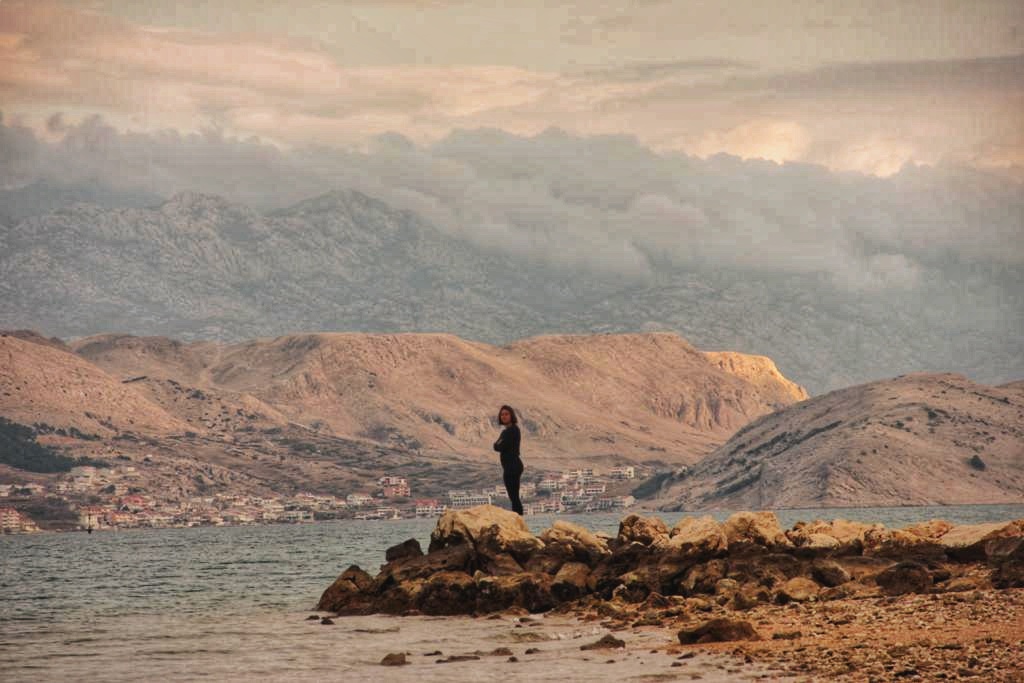
2. Pag island
Pros:
The strange lunar landscape: Pag Island is unlike anything we have ever seen and is truly stunning for landscape photography
Beautiful beaches: as we are Australian, we like to think we know beaches, but Pag has heaps of unique inlets, hamlets and tranquil beaches; think calm, crystal blue waters perfect for swimming.
Local traditional food: known for its local cheese, salt, olive oil and lamb. Pag Island is the perfect place to treat yourself to some delicious local eats in one of the small villages that line the island.
Cons:
You guessed it… crowds: In summer it becomes a party/clubbing island and is completely booked out from May to August so if you are a party animal book early, if not, look at travelling in April or September when it will still be warm but a little quieter.
You will need a car to get around easily. There is a local bus system but it’s not as frequent as we would have liked
Don’t miss:
The Olive Trees of Nun: On the very most northern tip of the island is a tiny hamlet called Lun which holds a botanical reserve of wild olive trees of which the oldest has been aged at a whopping 1500 years. This wild olive garden is only one of three on the whole planet!
For more on Pag, click here.
3. Split
Another pedestrian-only city and the second largest of Croatia, Split contains a mesmerising old town and the perfect combination of historical charm and modern vibe. Split has heaps of trendy bars, breweries and restaurants mixed with antique stores, traditional food and fish markets and historical sites. We’d never really experienced a city like it, and fell in love with Split immediately.
Pros:
Restaurant and Bar scene: the food, coffee and bar scene in Split is excellent, with venues serving up food for decent prices and excellent quality, you’ll not be short of good options, click here for more.
A city made from ruins: The city of Split is built within the remains of the palace of the Roman Emperor, Diocletian. Wherever you turn in the old town you’ll be faced with another Roman wall, a sunken port, or a crumbling Corinthian column, all easily explored for free.
Not far from nature: Marjan Forest Park sits on the end of the peninsula with stunning views, walking and cycling trails to keep the outdoors-y type busy!
Cons:
The crowds: if you’re visiting during June-August, you’ll need to be up very early to avoid the masses of tourists. April and September are a much better time to visit – everything is open and crowds are a little more tame.
Don’t miss:
A weird novelty activity in Split: Froggyland. Located a 2 minute walk away from the centre of the old town, Froggyland is a very strange museum featuring 507 stuffed frogs. It will only cost you $5 USD, and will leave you scratching your head quizzically, wondering, ‘what on earth did I just see?’
For more on Split click here.
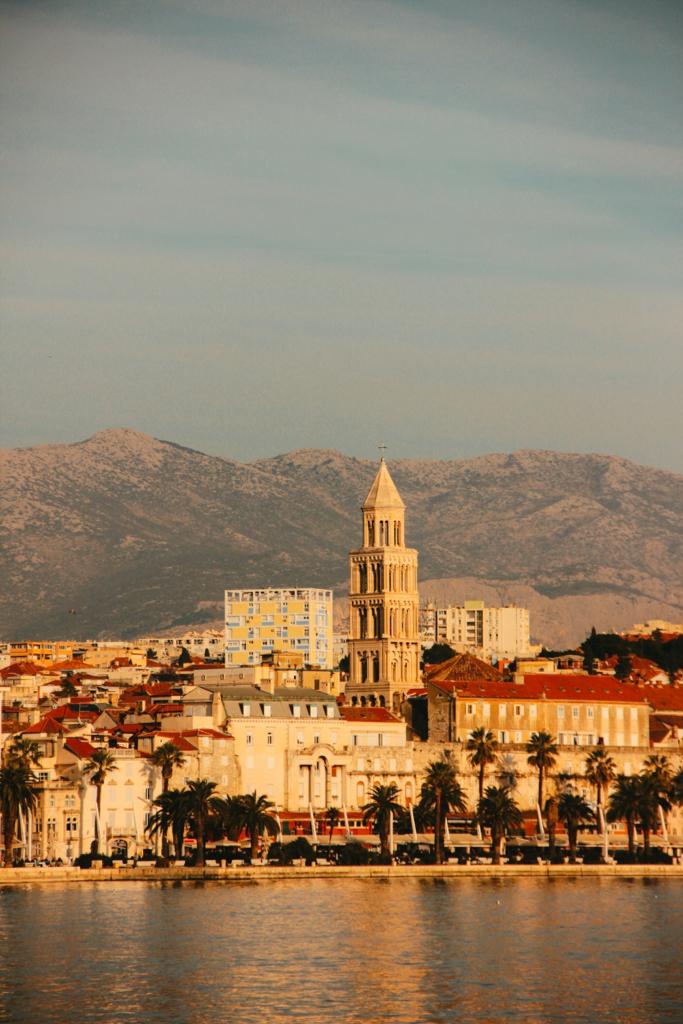
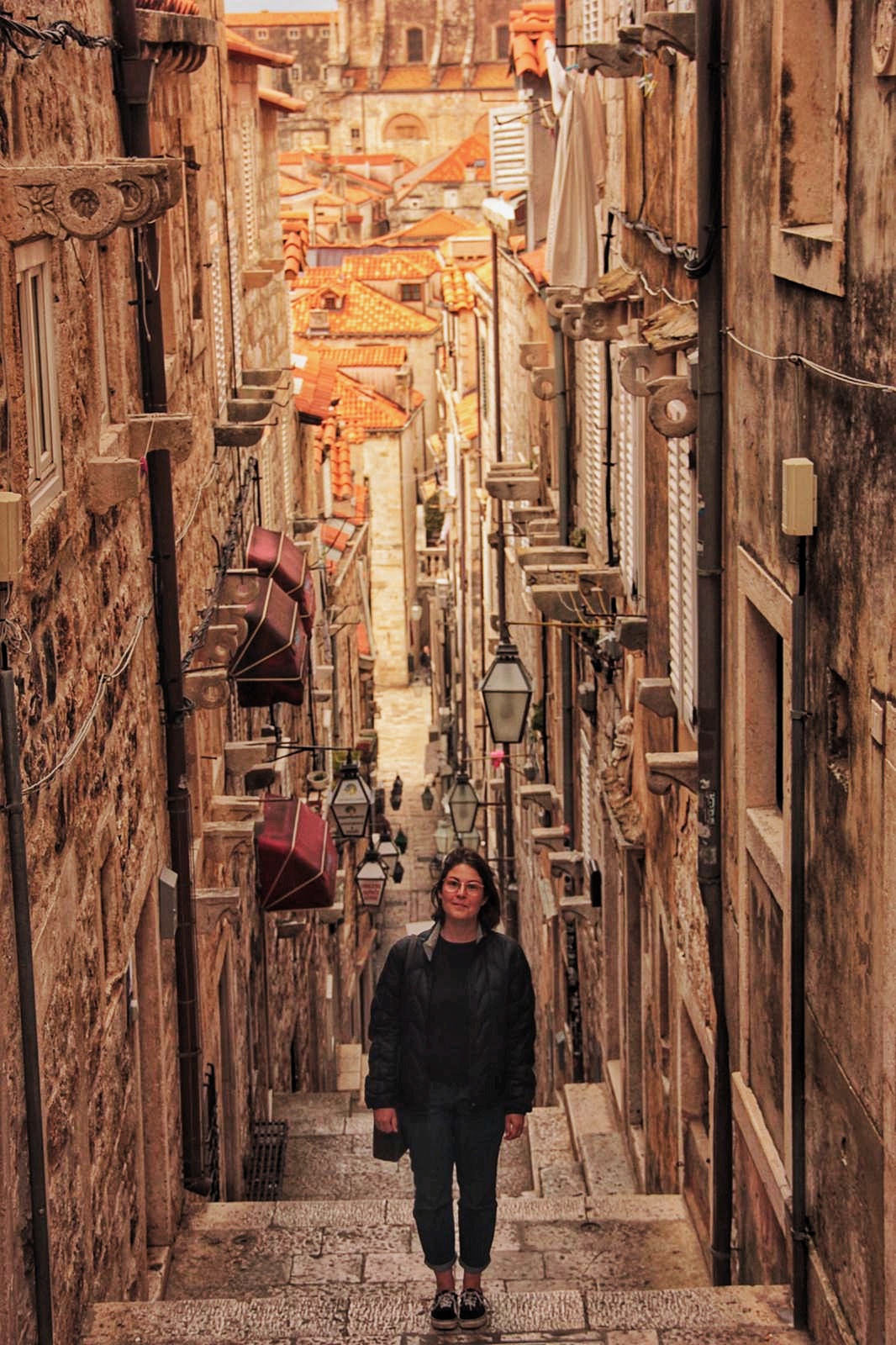
4. Dubrovnik
One look at this beautiful walled city and you’ll see why there is so much hype about ‘King’s Landing’. We enjoyed the city in the middle of winter, walking the historic city walls, exploring ancient Fort Lawrence and taking advantage of the pedestrian only old town. After a hike to a few look out points, we were rewarded for our efforts with views of the stunning terracotta tiled tops of Dubrovnik. Tiny in size, you may only need a day or two in Dubrovnik to see it all.
Pros:
Walking the walls: we have been to a few walled cities with impressive fortresses, but the magic of Dubrovnik is something to behold. There is honestly not much in the world that can compare to the breathtaking beauty of this city, and the only way to really take it in is from the old city walls. With commanding views of the Adriatic, the old town and the winding streets within, this is an activity that you can’t miss.
Car free old town: there is something magical about walking around an ancient city without a car, scooter or motorcycle in sight. The limestone paved streets and grand staircases of old town can be freely explored only on foot.
Cons:
It is expensive: the rest of Croatia is cheaper than Western Europe and more expensive than its Balkan neighbours EXCEPT Dubrovnik. Food, drink, transport, tourist attractions are eye wateringly expensive.
Old town has no soul – Yes, the old town is stunning and incredibly preserved, but as more and more tourists and cruise ships have arrived each year, the original residents of the old town have been priced out of living there. Having no residents makes it more of an open museum than a living city; all restaurants, bars activities are geared to tourists not locals. In 2020 there are only around 1100 permanent residents of the old town of Dubrovnik.
The crowds – Do not even bother going to Dubrovnik from June to August. The city is packed with visitors during the high season, most of whom arrive on cruise ships that dock only for the day, flood the city to capacity, then leave that night. Dubrovnik becomes so crowded that many of the streets have ‘keep moving’ signs, and locals told us that it can take up to an hour to walk down the main street, La Strada due to the crowds.
Don’t miss:
Buza Bars: There are some gates in the walls of the city that open out onto the sea where small ‘Buza’ bars are perched – you can sit in the sun with a stunning view of the ocean or even jump off the rocks and go for a swim from here. The prices are expensive, but the views are truly priceless. For more on Buza bars click here and for more on Dubrovnik click here.
5. Krka National Park
Slightly less popular than the much larger Plitvice National Park, Krka has just as much to give – including waterfalls, beautiful nature and boat rides through the fjords. More easily accessible from Zadar, Spilt or Dubrovnik, Krka National Park is a centrally located natural gem. An added bonus is that in Krka you can swim below the famous waterfalls, unlike in Plitvice where you can not.
Pros:
Easy access: Much more easily accessible from Zadar, Spilt or Dubrovnik.
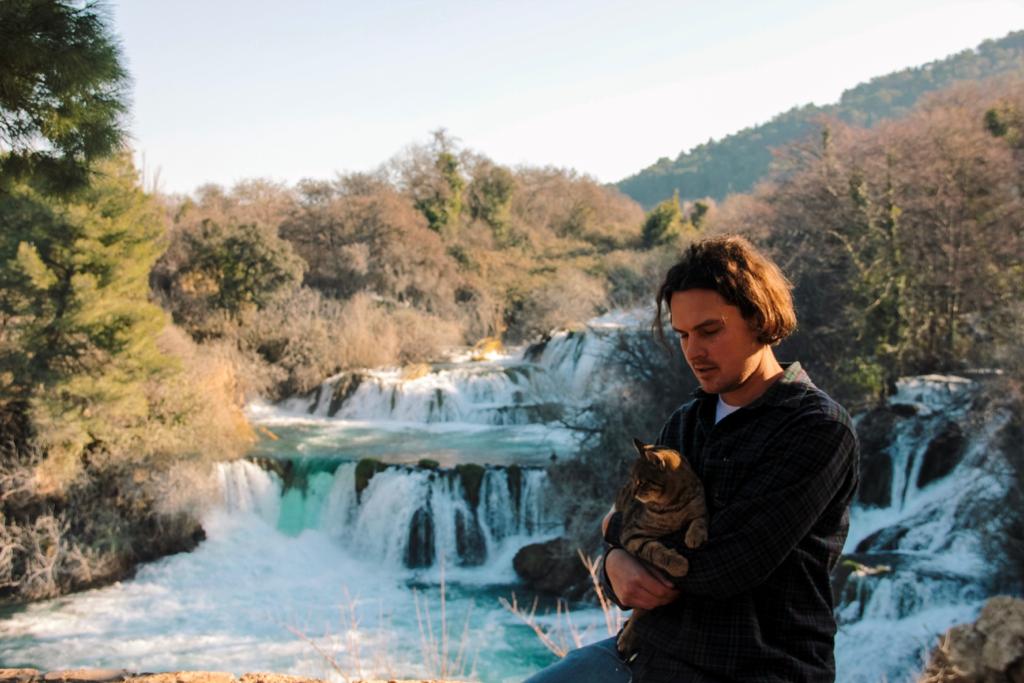
Can be done as a day trip: you don’t need to organise accommodation for a two day endeavour – a day is more than enough to explore the park and enjoy a boat ride.
Cheap: during the low season it will only cost you 4 euro to enter Krka.
Easy trail: The main trail to explore the waterfalls of Krka is easily marked out, well maintained, and will lead you past the most stunning parts of the park.
Cons:
The crowds: I know I sound like a broken record here, but Croatia’s beauty is also a detriment. Visit Krka in the shoulder season to pay less for entry, to avoid heavy crowds and the enjoy the the natural splendour in peace.
Don’t miss:
The Island of Visovac Monastery: as picturesque as Lake Bled in Slovenia and only a short boat ride from the main entrance of Krka. As you go up the river, you get stunning views of this beautiful little island. For more on Krka click here.
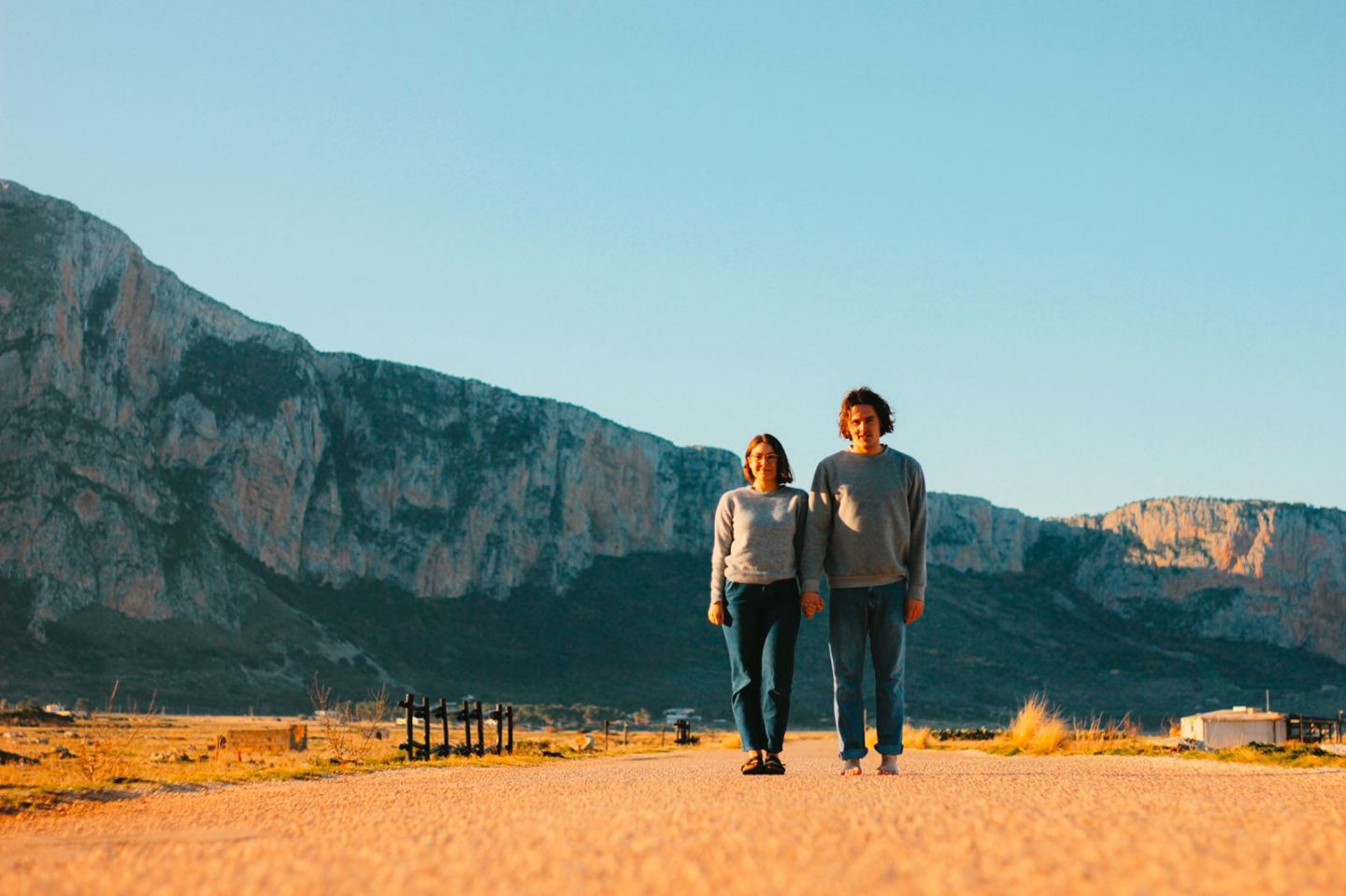
Carlie and Patrick:
We are Carlie and Patrick, a couple of Australians from a place called Wollongong. After meeting just before graduating university, we’ve spent the ensuing years travelling, spending way too much money on wine, and avoiding serious responsibility. At the moment, we’re currently exploring Europe and living full time in our campervan, taking photos and writing stories along the way – all of which you can find on our blog verynicetravels.com and instagram @verynicetravels.
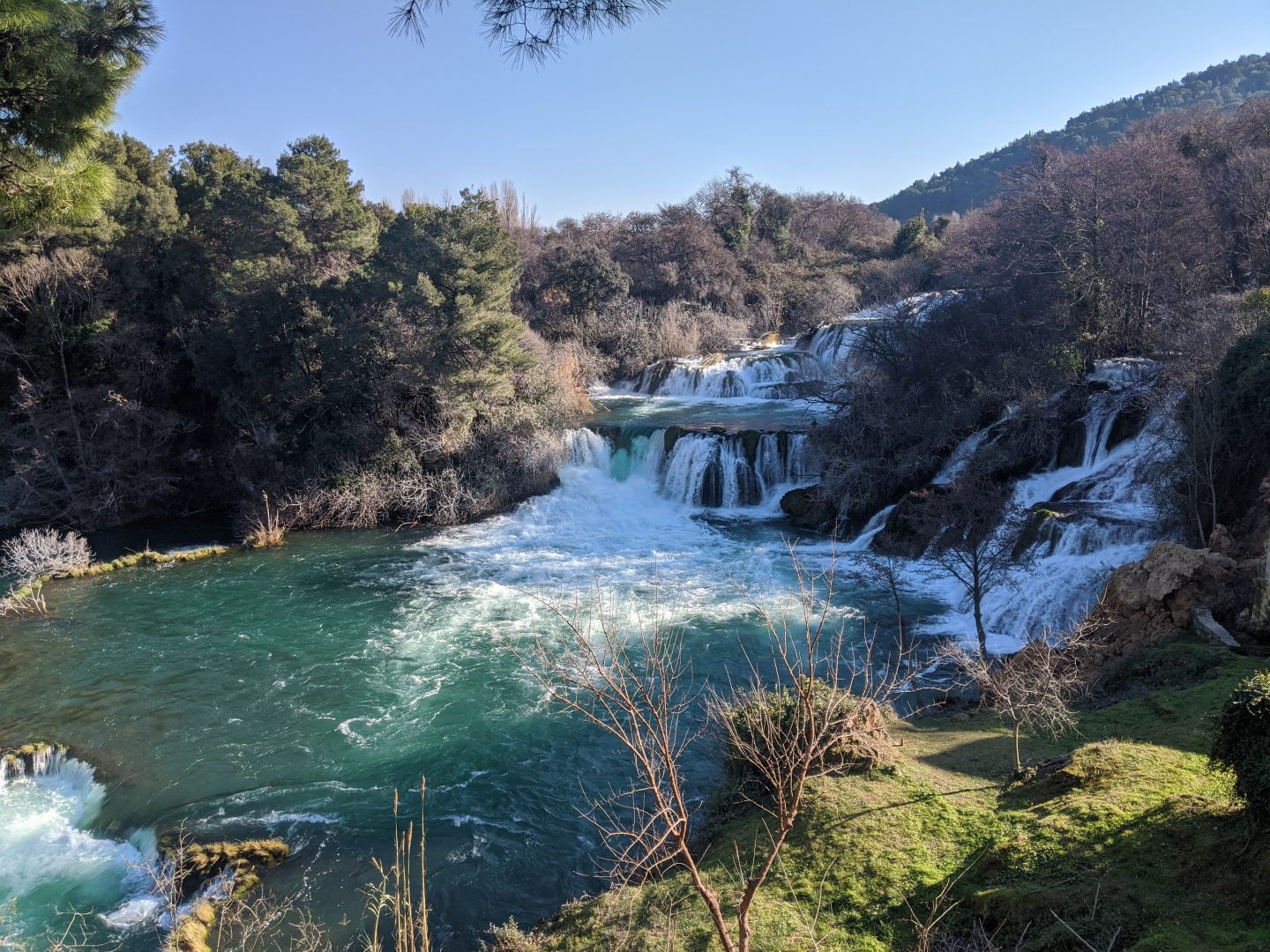
Thanks Ben. Croatia is amazing.